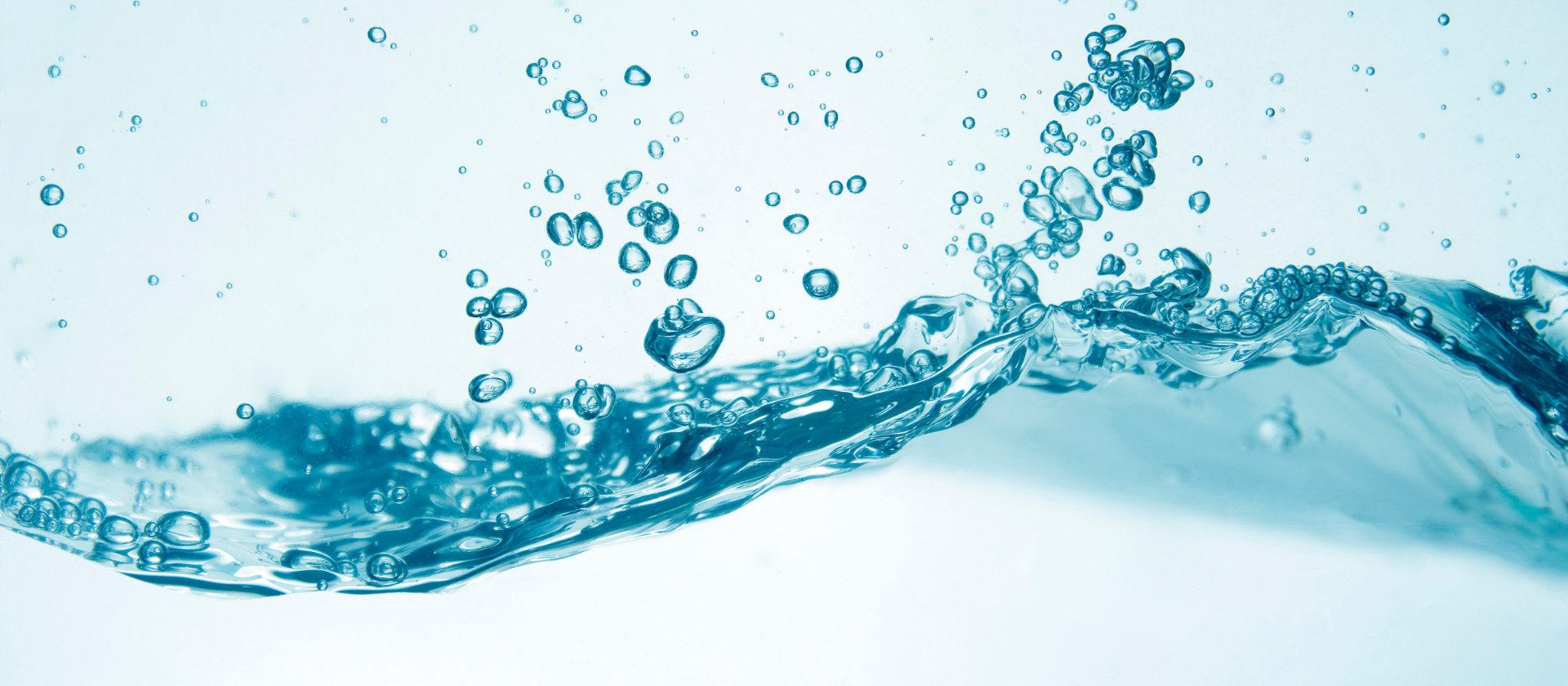Measuring pH of Pure Water
High-purity waters present a challenge when measuring pH. While pH of pure water is typically always 7.0, this number can fluctuate based on water’s exposure to the atmosphere and temperature change. Different considerations for this interference must be considered during pH testing to maintain accuracy and reproducibility.
A drift in the electrode response is observed when measuring the pH of high-purity water with low ion content, low conductivity, and high resistivity.
Differences between pure water's low ionic strength and testing buffers' normal ionic strength can create other issues, such as causing the buffer to act as an “antenna” and generating a noisy electrode response. If the signal is too noisy, an ionic strength adjustor can eliminate the ionic strength differential between the buffer and sample. As a result, the high resistivity of the sample is overcome and allows for high accuracy and precision measurements without significantly changing the pH.

Challenges
Electrode drift, contamination, and inaccurate measure are three of the most common challenges observed when measuring the pH of highly pure water. These factors are important when choosing the proper pH electrode for specific applications.
Pure water or low conductivity samples tend to test more reliably using a refillable, liquid-filled electrode made of low-resistance glass. Additionally, ensuring an electrode uses a flowing reference junction for a higher flow rate minimizes junction potentials. If using a sealed electrode, ensure it is not stored in deionized water, as a pure water sample will accelerate the leaching of the reference solution.
Several electrodes are explicitly designed to test pure water that accounts for electrostatic interference and temperature. Specialty pH electrodes with a shielded or grounded compartment reduce the noise present in the signal caused by static potential interactions. pH also depends on temperature conditions, so an automatic temperature correction (ATC) probe monitors the temperature change of samples and automatically adjusts the electrode slope response.
Choosing a pH Electrode
Double-junction and calomel electrodes offer several advantages over traditional electrodes. However, they are generally no better than their counterparts for pure water applications. Instead, a refillable, liquid-filled electrode made of low-resistance glass is commonly used.
A flowing reference junction has a higher flow rate to minimize junction potentials. Sealed electrodes are typically gel-filled and are known for their long life due to the reference solution's slow leaching rate. However, a fast leak rate is desirable with pure water so a pH potential can be established more quickly.
Sealed electrodes should not be stored in a DI water sample. This accelerates the leaching of the reference solution, which can not be replaced.
Electrostatic Interference
Pure water can also be a source of static potential that may present problems when measuring pH leading to inaccurate measurements. To adjust for interference, pH electrodes employ a special shielded or grounded compartment as a countermeasure. High-impedance pH meters are also utilized to further reduce the signal noise. These electrodes are typically more expensive and have been specifically designed to measure the pH of ultra-pure water.
Measurement Tips
Measuring pH using small sample volumes as soon as possible is best. Direct pH measurement in large-volume samples such as drums or tanks and other samples with flowing or moving water tends to fluctuate, requiring excessive time to stabilize.
The sample should also be stored in a glass container to prevent CO2 from diffusing through plastic into the sample. CO2 gas absorption will cause a decrease in pH due to the in-situ production of carbonic acid. Ensure the glassware is clean to avoid the potential for contamination by rinsing thoroughly with DI water, using only certified calibration standards, etc.
Temperature compensation should be used during measurement and calibration to avoid inaccurate measurements. A 2°C or less temperature difference between the calibration standard and the sample will produce the best results. To ensure the highest accuracy, calibrate the pH electrode at multiple pH calibration points and minimize the exposure of your sample to air.
Sources:
Light, T. S. Temperature Dependence and Measurement of Resistivity of Pure Water. Anal. Chem. 1984, 56 (7), 1138–1142. https://doi.org/10.1021/ac00271a019
Measuring PH of Pure Water and Other Low Conductivity Waters. https://assets.fishersci.com/TFS-Assets/LSG/Application-Notes/AN-PHPURE-E-0914-RevA-WEB.pdf
Schmuckler, J. S. PH Concept. J. Chem. Educ. 1982, 59 (4), 305. https://doi.org/10.1021/ed059p305.2
Kolb, D. The PH Concept. J. Chem. Educ. 1979, 56 (1), 49. https://doi.org/10.1021/ed056p49




